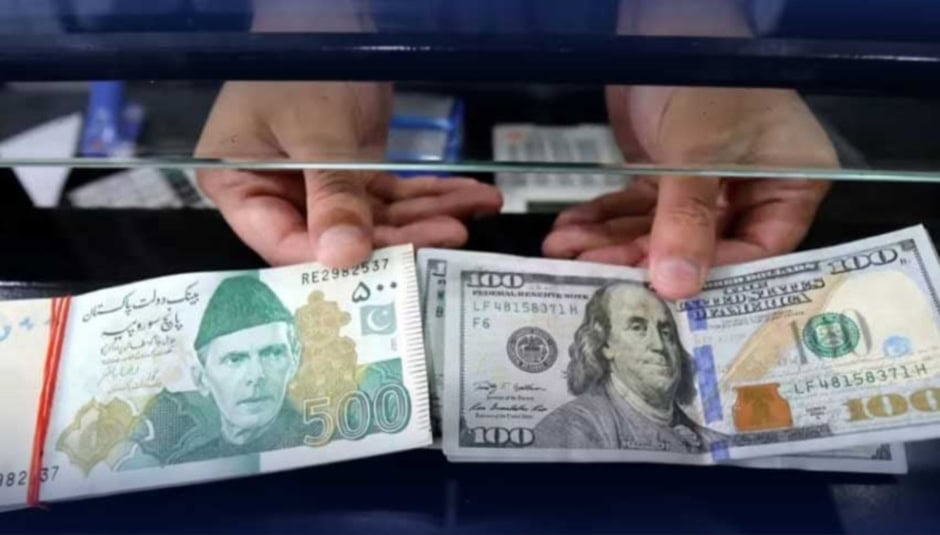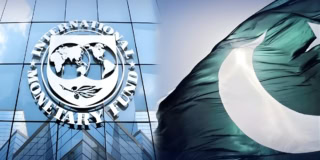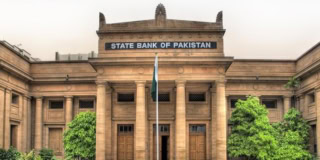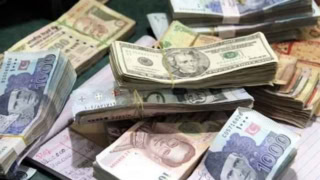Why Dollar Is Not Falling in Pakistan Amid Global Decline

The U.S. dollar, as of April 22, 2025, has fallen to near three-year lows against global currencies, trading at 98.458 (at the time of this writing) on the U.S. Dollar Index (DXY), compared to over 114 in 2022. This plunge is attributed to uncertain political climate in the aftermath of the 2024 U.S. Presidential Elections, aggressive interest rate expectations cooling off, and investor sentiment shifting toward riskier assets and gold.
But while currencies like the euro, pound, and yen have gained ground, many Pakistanis are left asking: why is the dollar not falling in Pakistan?
A Look Back: The Dollar’s 25-Year Journey in Pakistan
To understand today’s resilience of the dollar in Pakistan, it’s important to rewind. In the early 2000s, the exchange rate hovered around PKR 60 per USD. By 2013, it crossed PKR 100, and the pace has only accelerated since then. Post-2018, amid fiscal deficits, political uncertainty, and IMF loan negotiations, the rupee saw rapid depreciation, hitting PKR 170 in 2021 and eventually peaking around PKR 307 in September 2023.
The greenback did lose some ground later, thanks to tighter monetary controls, administrative measures, and reduced import bills, settling around PKR 280–285 in early 2025. But this softening doesn’t mirror the global dollar slump, and that’s where Pakistan’s unique financial dynamics come in.
Why the Dollar Is Not Falling in Pakistan
1. Chronic Economic Imbalances
Pakistan’s high external debt (over $130 billion), weak current account position, and limited export base keep the rupee under constant pressure. Even minor dollar outflows or import surges can shake currency stability. These factors make Pakistan highly dollar-dependent and relatively immune to global dollar corrections.
2. Policy Overhang and Controlled Float
The rupee operates in a managed float regime, meaning its value is not purely market-determined. The central bank intervenes when needed to prevent extreme volatility. This can artificially stabilize the dollar’s position even when global market forces signal otherwise.
3. Capital Flight and Limited Investment
Despite recent attempts at economic reforms, Pakistan has struggled to attract consistent foreign direct investment. Political instability and global investor skepticism often prompt capital outflows, not inflows — increasing demand for the dollar locally, even as it weakens internationally.
4. Inflation Control and High Interest Rates
The State Bank of Pakistan (SBP) has maintained elevated interest rates (over 20% for much of 2023–24) to combat inflation. This monetary tightening slows the economy but ensures that the demand for foreign currency, especially for speculative or consumer imports, is moderated.
The Current Situation
As of April 2025, the dollar stands around PKR 281, and market analysts expect it to stay relatively stable until mid-year. While global markets bet against the dollar amid easing U.S. Fed policies and strong performances from gold and tech stocks, Pakistan’s rupee remains vulnerable. Structural economic reforms, limited foreign exchange inflows, and a reliance on imported goods mean the rupee has little room to appreciate significantly.
So, why is the dollar not falling in Pakistan? The answer lies in deep-rooted structural challenges: a fragile economic base, high dependence on imports, and limited forex reserves. Even as the dollar declines globally, Pakistan’s economy lacks the buffers, such as strong exports or resilient investor inflows, to allow its currency to gain ground.
The dollar may be losing its shine elsewhere, but in Pakistan, it continues to reign — not because of strength, but because of the rupee’s persistent weaknesses.

Manik Aftab is a writer for TechJuice, focusing on the intersections of education, finance, and broader social developments. He analyzes how technology is reshaping these critical sectors across Pakistan.


 3 min read
3 min read
















